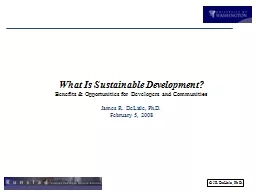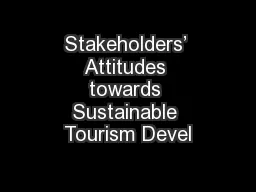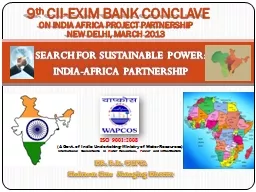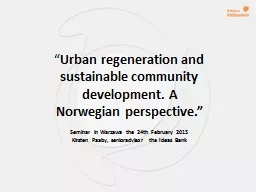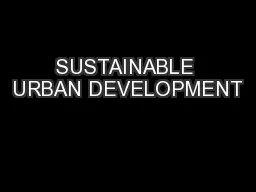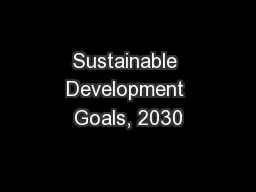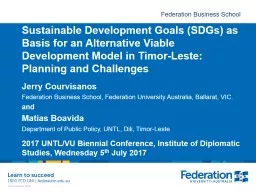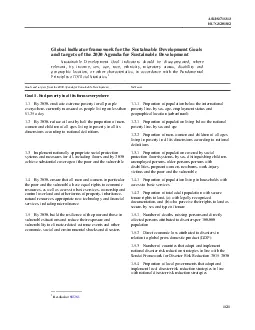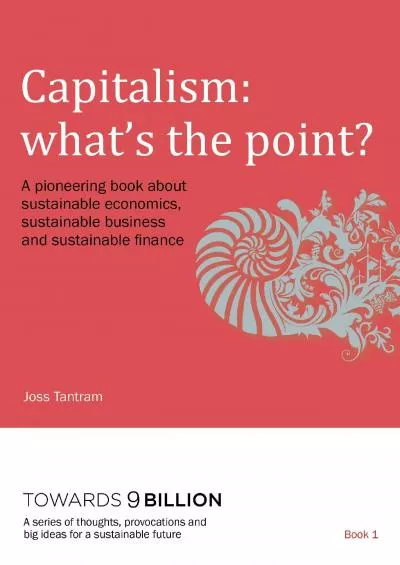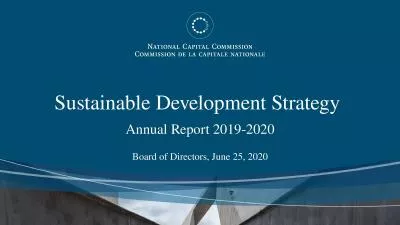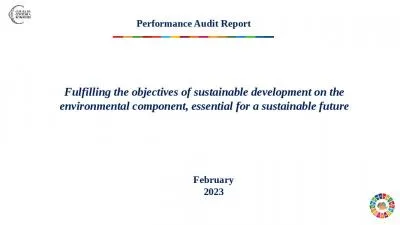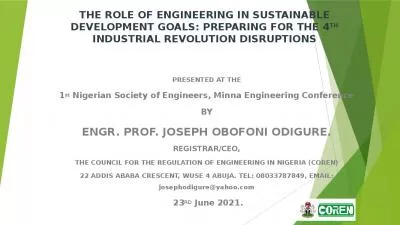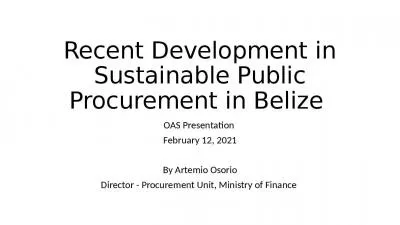PPT-What Is Sustainable Development?
Author : test | Published Date : 2016-11-08
Benefits amp Opportunities for Developers and Communiti es James R DeLisle PhD February 5 2008 Presentation Overview Sustainable Real Estate Value Proposition Most
Presentation Embed Code
Download Presentation
Download Presentation The PPT/PDF document "What Is Sustainable Development?" is the property of its rightful owner. Permission is granted to download and print the materials on this website for personal, non-commercial use only, and to display it on your personal computer provided you do not modify the materials and that you retain all copyright notices contained in the materials. By downloading content from our website, you accept the terms of this agreement.
What Is Sustainable Development?: Transcript
Download Rules Of Document
"What Is Sustainable Development?"The content belongs to its owner. You may download and print it for personal use, without modification, and keep all copyright notices. By downloading, you agree to these terms.
Related Documents

